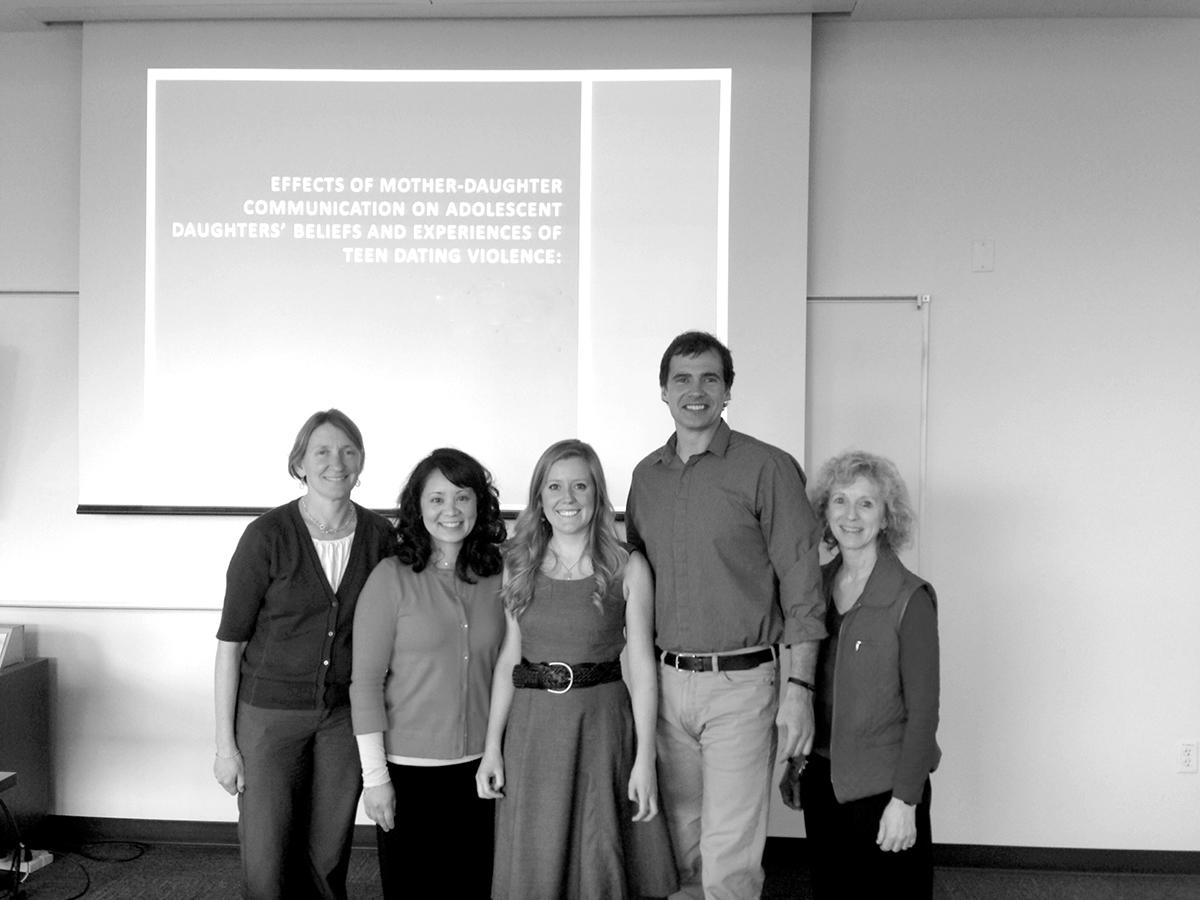
by Kali Lantrip, UO Department of Counseling Psychology
A generation of young women that can celebrate emergent freedom and choices in their lives are also faced with a glaring reality: one in five women experience sexual violence, physical abuse, or stalking by an intimate partner before the age of seventeen. Adolescent dating violence is defined by elements of control and power, and thus, perpetrators rob individual freedom and personal agency of those that they affect. Teen dating violence, including physical, sexual, and emotional abuse, affects nearly one third of adolescents in the United States and is increasingly one of the largest public health concerns of health researchers and practitioners. In 95 percent of physically abusive relationships, men abuse women. However, increasing research in this area has shown that young women can be violent, and young men are also victims. Gay, lesbian, bisexual and transgendered teens are just as at risk for abuse in their relationships as anyone else.
Parent involvement, and specifically messages communicated to children about healthy and unhealthy relationships, has potential to be a vital element of dating violence prevention and intervention. Previous research has clearly explored and showed that there are positive effects of quality parent-adolescent communication on a multitude of adolescent risky behaviors. Specifically, most people have heard the phrase, “Talk to your kids about sex!” and know the positive results this communication with their child is supposed to have, and yet, there has been no research to date exploring the relationship between parent-adolescent communication and the rising epidemic of dating violence. Studies have shown that mothers are more likely than fathers to speak to their daughters and sons about topics of sexual intimacy, relationships, gender, and healthy dating. And thus, in an epidemic largely framed by issues of gender, power, and control, mothers have a unique role in implicitly and explicitly communicating values, norms, and expectations for healthy dating relationships.
The purpose of this study was to examine the relationships between mother-daughter communication about teen dating violence, mothers’ and daughters’ beliefs about coercive dating, and daughters’ experiences of dating violence. It was hypothesized that mother-daughter communication and daughters’ coercive beliefs about dating would mediate the relationship between mothers’ coercive beliefs about dating and their daughters’ experiences of teen dating violence. Over the past year, I worked with three schools to allow me to recruit in their classrooms, spoke to 1,400 adolescent girls, and ultimately met with fifty-eight mother-daughter dyads throughout Oregon. With each mother-daughter pair, I collected measures on their experiences and their beliefs about dating and videotaped them communicating for twenty minutes on four different topics (one was regarding dating violence). These videotapes were coded for quality communication by trained research assistants.
After six months of data collection and observational coding, these fifty-eight mother-daughter pairs gave us a window into parent-adolescent communication’s effect on coercive dating beliefs and dating violence. Reports of having had no supportive communication about dating with their mother in the past year, as well as observed elements of negative mother-daughter communication, were both related with more coercive beliefs and acceptance of aggression by the adolescent girls. Additionally, higher levels of coercive beliefs about dating were related with more experiences of being a victim of teen dating violence. These dissertation study results show that the quality of mother-daughter communication may impact the beliefs that daughters hold about dating, which in turn, could influence their experiences of dating violence victimization.
This study represents a first step at looking at gender, family, and parent-adolescent communication in addressing the widespread epidemic of dating violence during adolescence. Future research and clinical studies are required to further examine the relationships between parent-adolescent communication and teen dating violence, and the potential effect that parents may have on rates and experiences of violence in adolescence. Ultimately, prevention and intervention efforts to curb dating violence should include work within families, specifically mothers, to improve knowledge of, and communication about, healthy and unhealthy aspects of adolescent dating.
—Kali Lantrip received a 2012 CSWS Graduate Student Research Grant toward work on this study for her dissertation. She successfully defended her dissertation May 24, 2013.
Statistics in the first paragraph came from:
Center for Disease and Control (http://www.cdc.gov/violenceprevention/intimatepartnerviolence/teen_dating_violence.html)
National Domestic Violence Helpline: http://www.thehotline.org/is-this-abuse/teens-and-dating-abuse/

